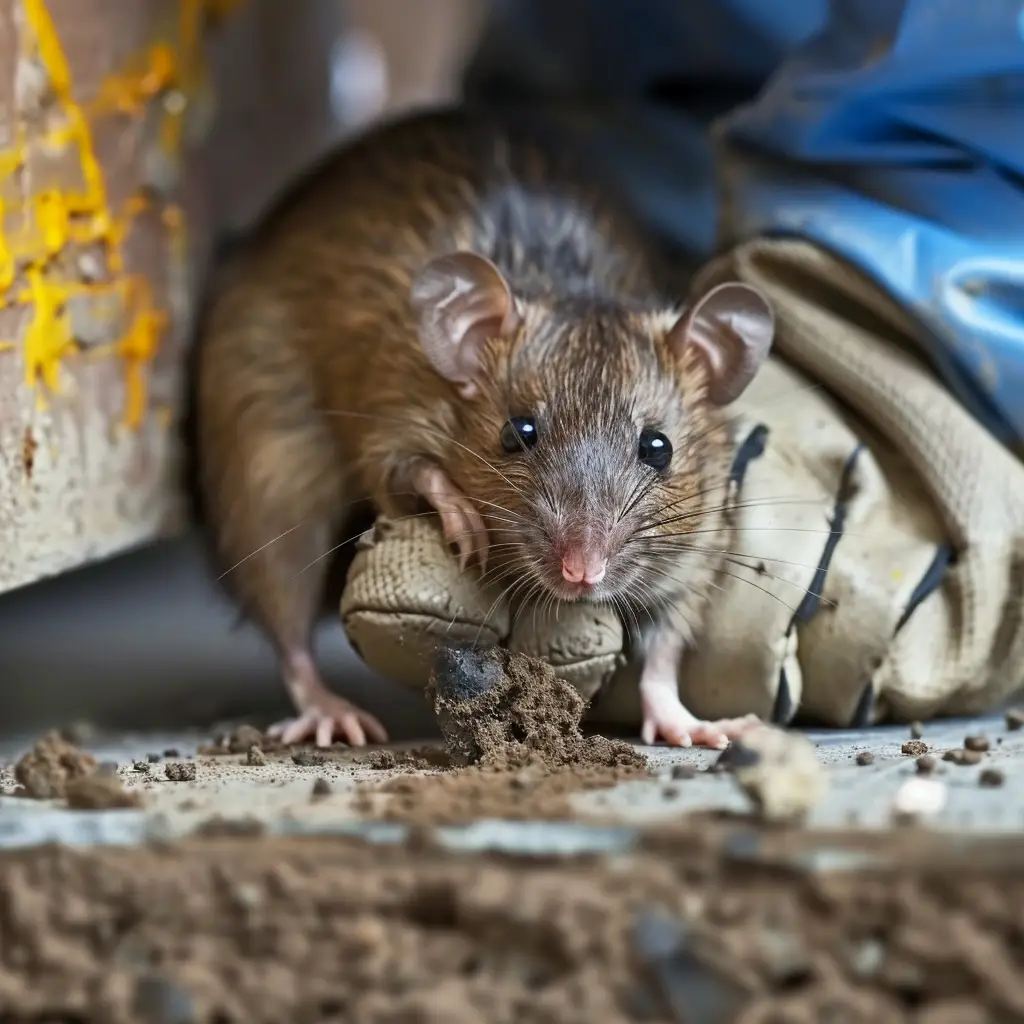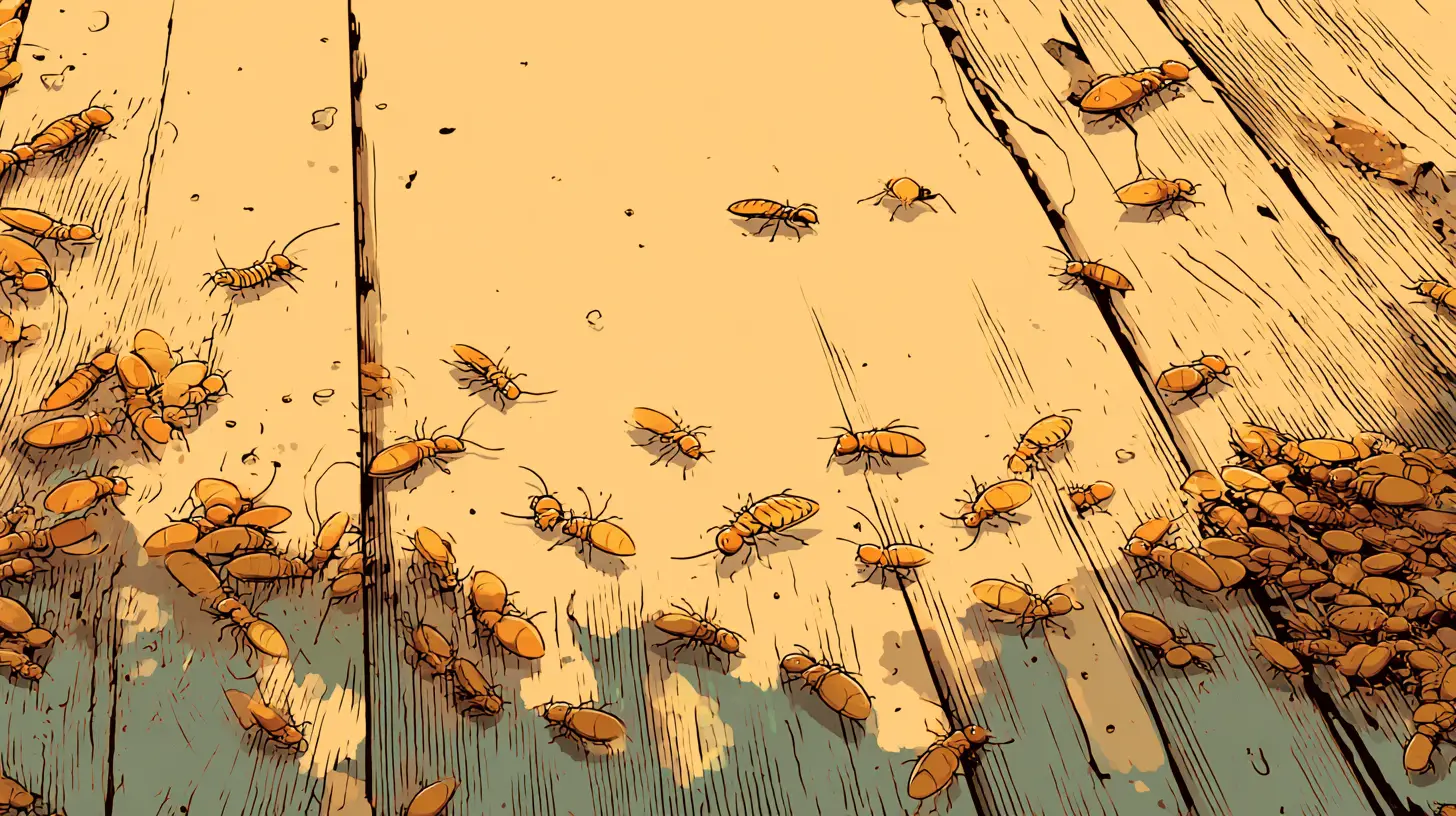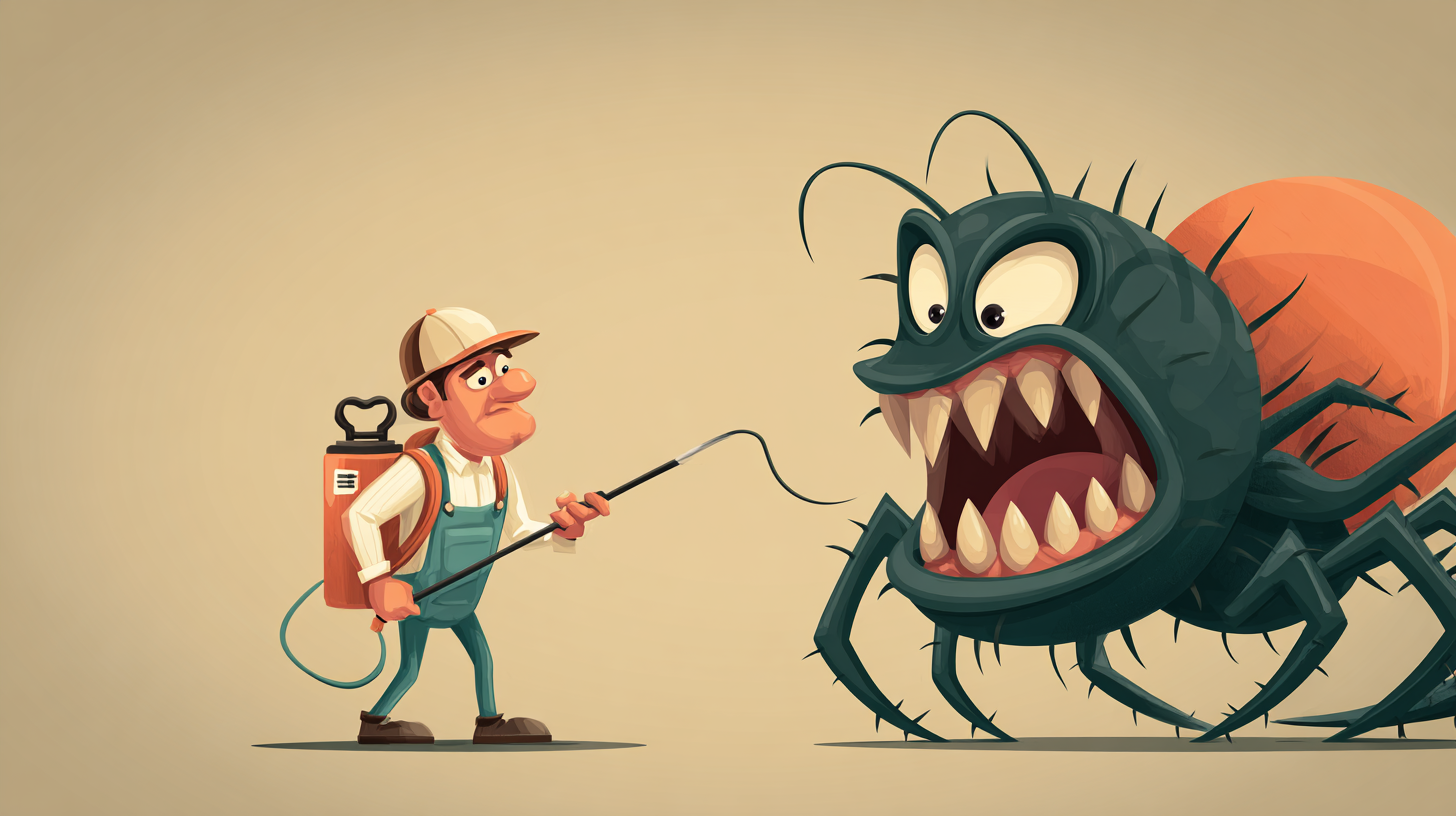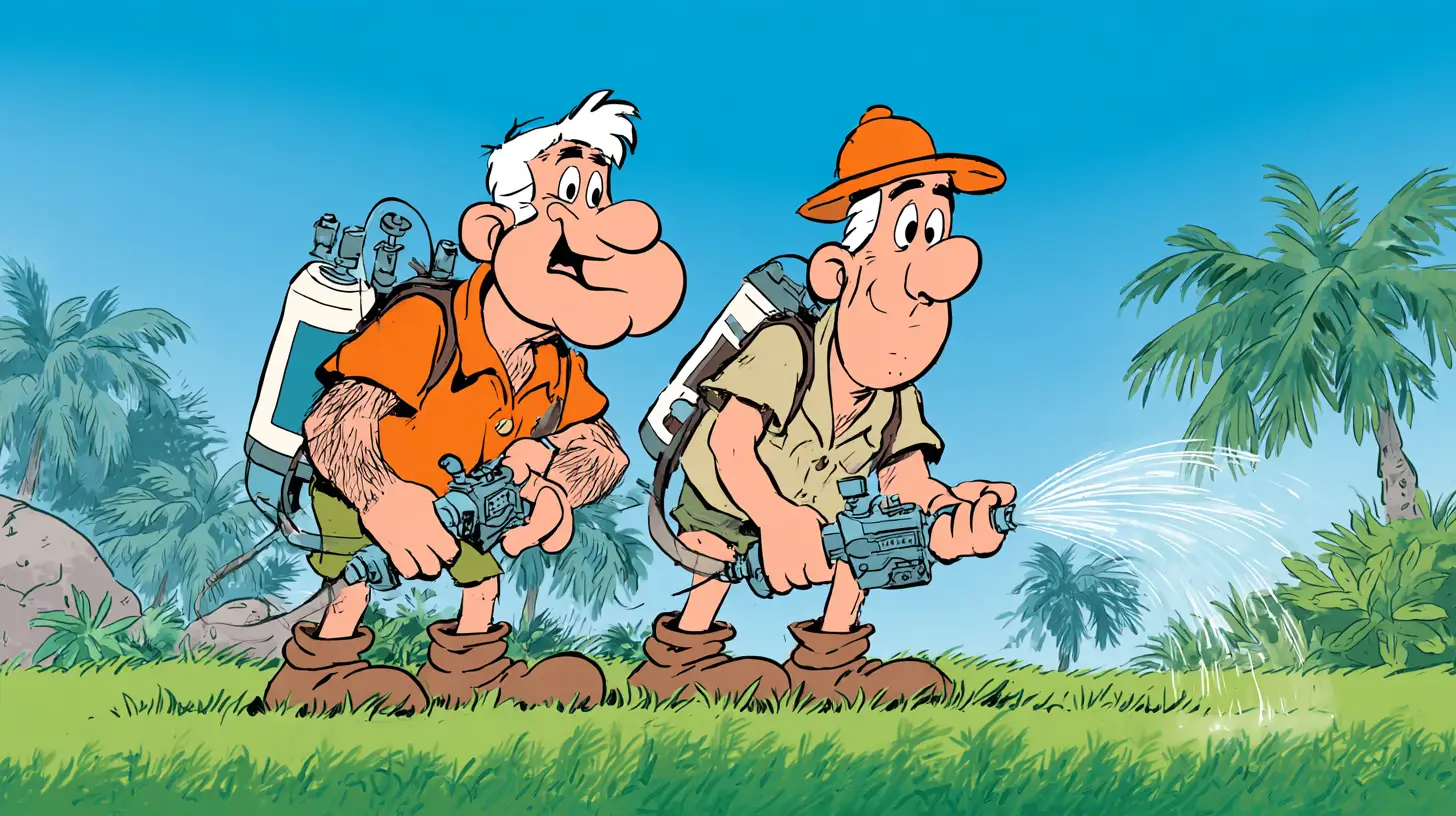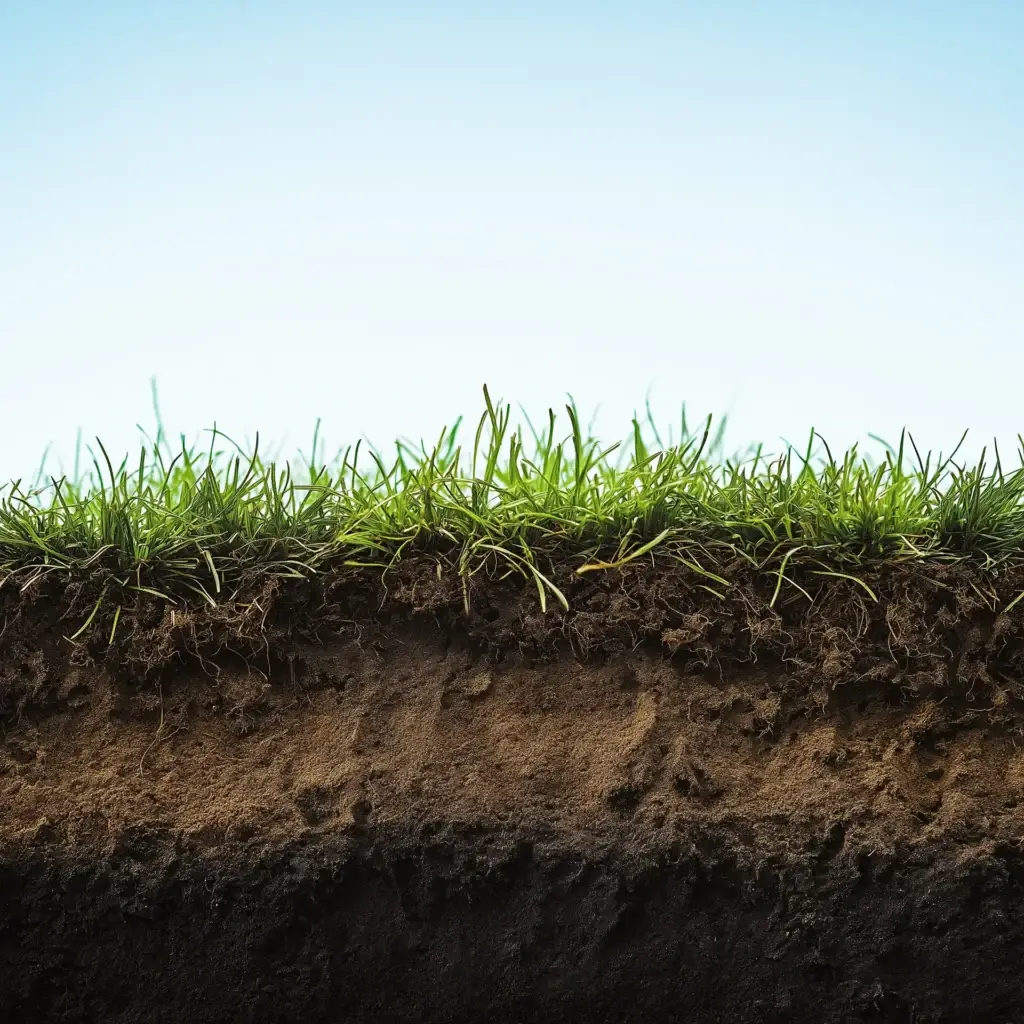
Table of Contents
If your lawn is acting like it’s on strike—brown patches, thinning grass, and weeds having a party—it might not be your fault. But it could be your soil.
Here in Parrish, FL, soil testing is the missing step most people skip. And when they do, they’re left wondering why the lawn still looks tired no matter how much fertilizer they throw at it. Let’s be honest—Florida lawns are drama queens. They need very specific care. And without knowing what’s happening underground, you’re just guessing.
Let’s stop guessing.
Key Takeaways
- Sandy soil dominates Parrish—which means your lawn loses nutrients fast and struggles to hold moisture.
- Low organic matter is the norm, not the exception, making your lawn more vulnerable to stress and less responsive to fertilizers.
- pH matters big time—if it’s off, your grass won’t absorb nutrients properly, no matter what you feed it.
- Testing helps you fix root problems—not just surface symptoms like weeds or bare spots.
- Macronutrients (N-P-K) must be balanced—excess or deficiency leads to weak, disease-prone grass.
- Contaminants like arsenic or lead might be lurking, especially in older or recently developed areas using fill soil.
- Construction or landscaping projects? Soil structure and compaction matter for stability, drainage, and future growth.
- UF/IFAS and other labs offer real testing solutions, but many standard kits won’t tell you the full story—especially about nitrogen and toxins.
Parrish, FL: Beautiful Yards Start with Tricky Soil
Let’s talk local.
Parrish sits in a zone known for sandy, fast-draining soils that don’t naturally hang onto nutrients or moisture. That’s a problem when you want your lawn to stay green and healthy during dry spells or after a few heavy rains.
The issue? Most homeowners think more water or fertilizer will fix it. But that’s like giving someone painkillers for a broken leg without looking at the x-ray. The soil could be:
- Too acidic or alkaline for nutrient uptake
- Missing key nutrients like nitrogen or potassium
- Depleted of organic matter needed for water retention
- Compact and dense from construction traffic
- Weak and unstable due to poor fill material
And if your lawn is planted over disturbed or filled land (very common in Florida developments)? Your soil’s structure might be completely different than what it looks like on the surface.
What Should You Actually Be Testing For?
Here’s what matters most when testing your soil in Parrish:
pH Balance
If your pH is outside the ideal range (typically 6.0–7.0 for lawns), nutrients lock up and your grass can’t use them. Even the best fertilizer becomes useless.
Macronutrients
- Nitrogen (N) — Vital for green, lush growth. Often missing, especially in sandy soils.
- Phosphorus (P) — Essential for root development. Too much can pollute local waterways.
- Potassium (K) — Boosts disease resistance, drought tolerance, and stress recovery.
Over- or under-doing any of these will throw your lawn out of balance.
Organic Matter
Organic matter (like compost) improves soil structure, moisture retention, and microbe activity. Sandy soil in Parrish usually has too little of it, which limits how well your lawn can recover from stress.
Soil Texture & Compaction
Healthy lawns need loose, well-draining, and aerated soil. Construction, heavy foot traffic, and machinery compact the soil, squeezing out oxygen and blocking root growth. Compact soil = shallow roots = stressed lawn.
Contaminants & Heavy Metals
Arsenic and lead can be present, especially in older properties or where fill dirt was used. Florida has soil cleanup target levels, and if you’re concerned about safety or want to plant a food garden, this matters.

Get a Greener Lawn Today!
Trust Waves Pest Control for professional lawn care in Parrish, FL. Call now or request your free quote online!
Request a QuoteSoil Testing for Construction & Renovation Projects
Doing more than mowing and watering?
If you’re building, installing a pool, regrading your yard, or laying down hardscaping—your soil’s physical structure becomes just as important as its chemistry.
- Compaction affects how water moves and how roots develop.
- Drainage capacity determines if water will sit (creating swampy areas) or disappear (leaving dry, stressed grass).
- Load-bearing strength is key if you’re adding a patio, driveway, shed, or other weight-bearing structures.
Florida building code assumes a default soil bearing capacity of 1,500 psf (pounds per square foot), but in Parrish’s weaker soils, that might be overly optimistic. A geotechnical test might be needed for major work.
So Where Do You Get a Soil Test Around Here?
Forget the guesswork. Here’s how locals are testing their soil:
UF/IFAS Extension Soil Testing Lab (University of Florida)
- Offers nutrient and pH testing at low cost
- Doesn’t test for nitrogen or contaminants—those require extra services
- Reports include recommendations tailored for Florida soils
Specialized Labs
For more in-depth testing (like lead, arsenic, or pesticide residue), private environmental or agricultural labs offer targeted analysis. These are especially helpful for older homes, suspicious fill dirt, or food gardens.
How to Take a Soil Sample (The Right Way)
Sampling your soil is easy—but there’s a wrong way. Here’s how to do it right:
- Use clean tools — No rusty shovels or anything that’s touched fertilizer or weed killers.
- Dig 6 inches deep — That’s where most lawn roots live.
- Collect 10–15 small samples — From different spots in your yard.
- Mix them in a clean bucket — Blend into one sample for accurate testing.
- Label if needed — Test front and back separately if you manage them differently.
- Let it dry — Labs don’t want mud.
Want a Lawn That Actually Thrives in Parrish?
You don’t have to guess anymore. A soil test gives you answers. Not vague advice. Not trial and error. Just real data about your lawn’s needs.
At Waves Pest Control, we know the science behind beautiful lawns—and it starts with what’s below the grass. If your yard’s acting up, we’ll help you find out why—and what to do next.
Ready to stop wasting money on things that don’t work?
Let’s fix it from the ground up. Literally.
Frequently Asked Questions (FAQs)
Do I need to test if I just laid new sod?
Yes. New sod over bad soil is like putting a fancy rug on a rotting floor. Without the right foundation, it won’t thrive.
Will testing help with my weed or pest issues?
Absolutely. Weak lawns from poor soil attract weeds and bugs. Strong, healthy turf chokes them out naturally.
Can I use one test for my whole yard?
If you manage the front and back the same way, yes. But if you treat them differently—or see different problems—test them separately.
How often should I test?
Every 2–3 years is smart. Or any time you change your lawn care routine or notice problems.



